How is climate change affecting marine life in bc?
by OB 2020-12How is marine life in British Columbia affected by climate change?
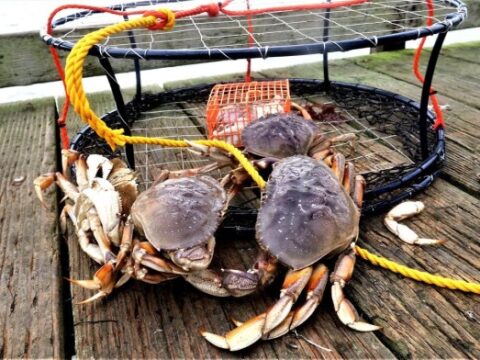
1In 1 playlists
By OB 2020-12
Salinity, temperature, pH and oxygen levels vary frequently. And with further environmental fluctuations due to climate change, they are becoming even more demanding. Sea surface salinity are changing, as fresh water increases, because of storms and overflowing storm drains. Crabs are struggling a lot in these situations.
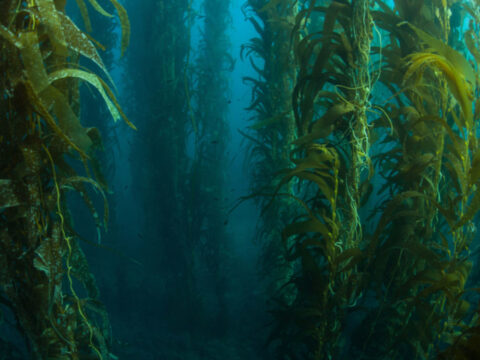
1In 1 playlists
By OB 2020-12
Sidon spikes and drops in the oceans temperature can cause kelp forests to become more weak. Kelp is a very important in any ocean, it provides protection, a source of food, a place for reproduction and is secure. If the kelp starts to die, the whole marine ecosystem will start to crumble.
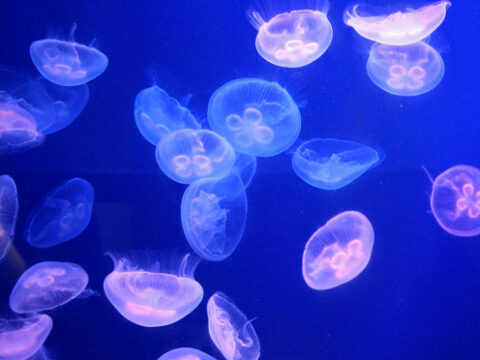
1In 1 playlists
By OB 2020-12
As the world’s oceans are warming, many ocean species are dying out. However, one species not feeling the heat, but is in fact thriving in warm waters spurred on by the climate crisis, is the jellyfish.
Global climate change has been causing warming of the oceans since 1970. According to recent studies most by the Intergovernmental Panel for Climate Change (IPCC), the jellyfish is thriving in the deoxygenated warm ocean waters. Jellyfish have been doing very well in these conditions, and increasing their populations.
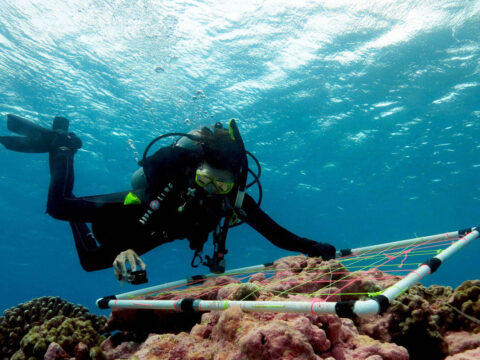
1In 1 playlists
By OB 2020-12
Coral is going through a very dramatic change right now. Due to the rising ocean temperatures, the coral is starting to bleach which is a stress sign that leads to death. Coral is very important for any ecosystem because it is home for many types of fish.
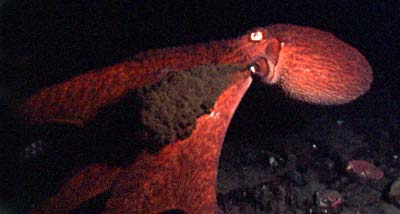
1In 1 playlists
By OB 2020-12
Animals tend to go blind or have very low vision when there is low oxygen in the oceans. Climate change is causing more low-oxygen zones in the ocean which can lead many animals to dye. Octopi are in a very tough shop at the moment and if climate change goes on for much longer, octopi will soon be extinct
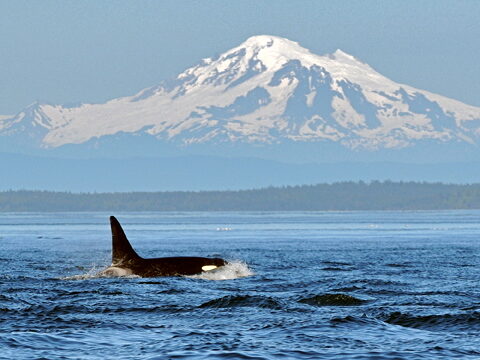
1In 1 playlists
By OB 2020-12
Climate change is causing an increase in temperature and a sudden spike salinity. This affects the growth of fish and other sea life that the whales feed on. The whales are very under populated at the moment, and if this continues whales will be soon extinct.
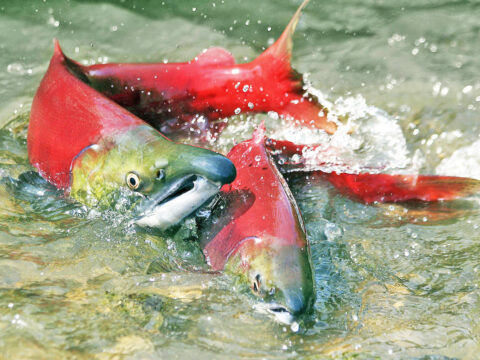
1In 1 playlists
By OB 2020-12
Climate change has been causing many problems for the salmon in British Columbia. Climate change is changing the ecosystem for the salmon, which is putting the salmon at risk.
Climate change is impacting freshwater habitats for the salmon.
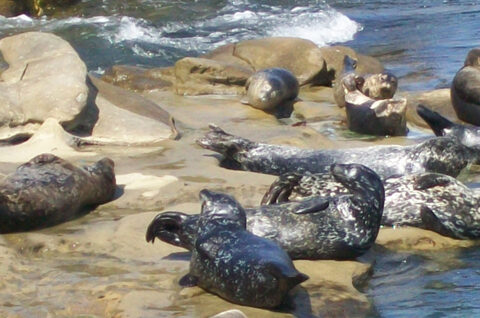
1In 1 playlists
By OB 2020-12
With rising sea levels seals are losing some of their beaches which is very important for the seals. Seals rest, give birth, and nurse their babies on the beach.
The fish population is also going down. This is less fish for the seals which puts them at risk for lack of food, which also means the is a risk for their population.

1In 1 playlists
By OB 2020-12
Sea otters are close to extinction. There has been a sudden drop in births and repeated offspring of the same gender. There has also been a big drop in fish reproduction and an overwhelming amount of garbage in the sea. Kelp forests are becoming more thin and weak which is not secure for living sea
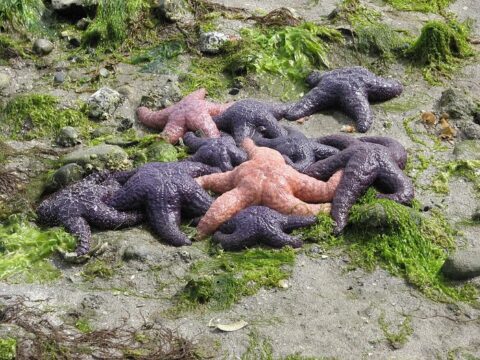
1In 1 playlists
By OB 2020-12
Since 2013, there was a disease that killed so many starfish along the Pacific Coast that scientists say it's the largest disease epidemic ever observed in wild marine animals. Worldwide, sea surface temperatures have been steadily rising as the Earth warms due to human-caused climate change.
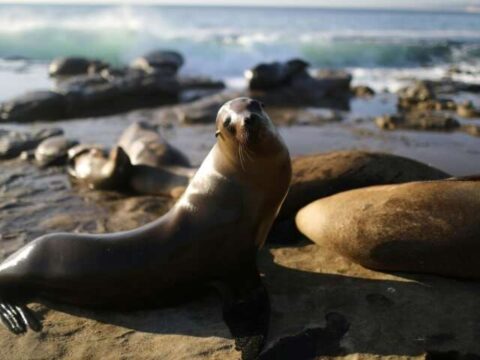
1In 1 playlists
By OB 2020-12
Sea lions have been affected in many ways, one of them being the fish populations which they can't control. Most fish are dying because of the temperature increase and salinity spike. Sea lions are being hunted and killed to stop the decline in fish population, leaving them close to extinction.
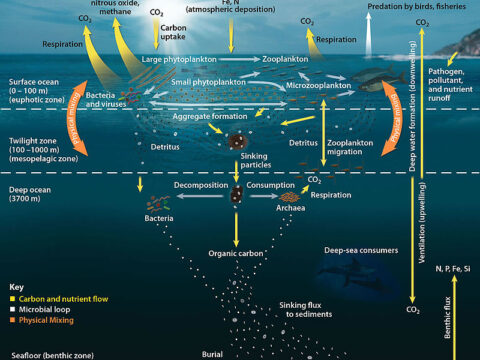
1In 1 playlists
By OB 2020-12
As our oceans become more acidic, shelled organisms like oysters, zooplankton and pteropods have difficulty forming their hard exterior shell, which can lead to a decrease in their population. When populations of shelled organisms begin to decline, food for dependent species also begin to decline.

1In 1 playlists
By OB 2020-12
Climate change is affecting the ocean, and the ocean currents in many ways. With the ocean warming it has caused storm surges, rising sea levels, ocean acidification, and changes in streamflow. This has been causing many problems with the seals and sea lions.
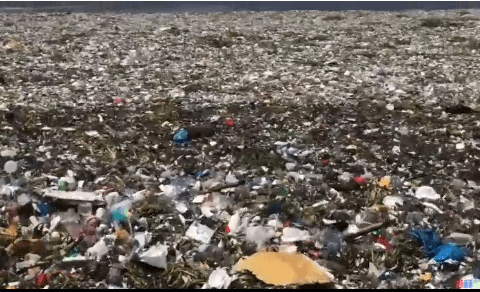
1In 1 playlists
By OB 2020-12
A lot of people dump toxic products in the ocean. Products include plastic bags, pills and medication, straws and cups, styrofoam and many more items. The coastal waters of bc are filled with approximately 40,000 pieces of garbage.
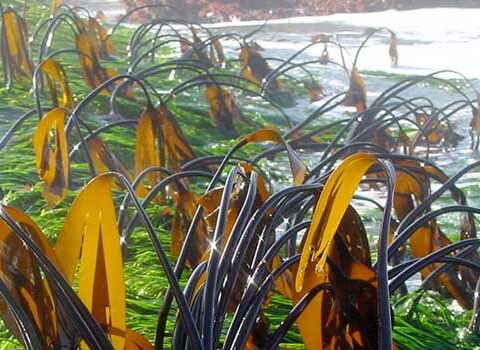
1In 1 playlists
By OB 2020-12
The ocean absorbs a large proportion of the carbon dioxide from human activities which means the oceans are becoming acidic. If it weren’t for the oceans, the level of carbon dioxide in the atmosphere would be much higher.
The effect could be that fish and other marine animals may find it harder to breathe, as the dissolved oxygen essential for their life becomes difficult to extract as water becomes more acidic. And shellfish, crabs, lobsters, and corals may find it more difficult to build their calcium carbonate shells. In some areas, calcium carbonate shells may even start to dissolve.
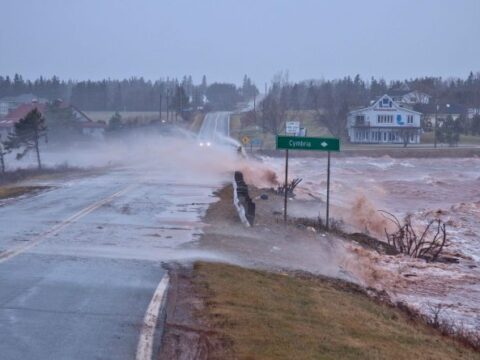
1In 1 playlists
By OB 2020-12
Sea surface temperatures have risen dramatically from 0.7oc to 2.2oc at race rocks. It is expected to keep on rising, this affects the sea animals living on race rocks. Most animals have adaptations for cold water including blubber.
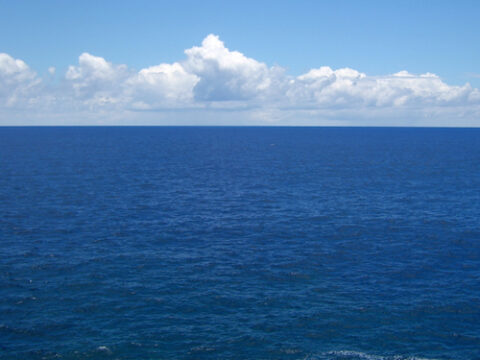
1In 1 playlists
By OB 2020-12
Climate change is making waters more salty and hot. Animals are adapted to live in cold semi salted waters, which is making it harder for them to survive. Little animals and fish won’t be able to tolerate the changes which means they will dye and other animals won’t have food.
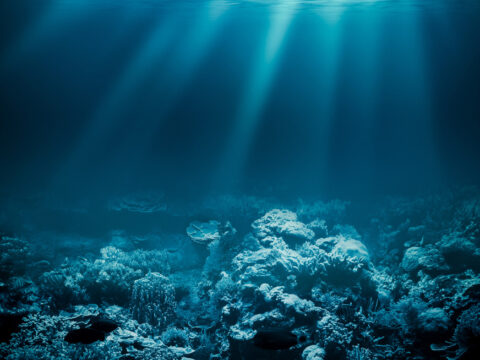
1In 1 playlists
By OB 2020-12
With the global oceans getting warmer and more acidic as they absorb heat and carbon dioxide, habitats and food webs are changing with them. The oceans have also taken up more than 90% of the heat trapped by greenhouse gases in the atmosphere, raising temperatures at the surface by 1oc per decade since the 1970s.
The amount of oxygen in seawater has dropped in the ocean, leading to “oxygen minimum zones.” This is partly because warmer water holds less oxygen, less oxygen is transported from the surface to deeper layers.

1In 1 playlists
By OB 2020-12
British Columbia's climate is changing dramatically at a pace much faster than anticipated. Summers are lasting longer and having long periods without rain. Forest fires are becoming out of control and tees are getting more damaged, with that, the air quality is getting worse and worse.
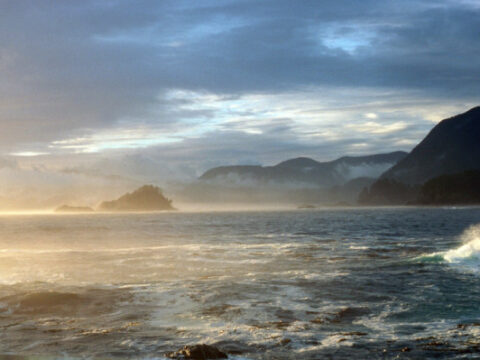
1In 1 playlists
By OB 2020-12
The ocean absorbs most excess heat from greenhouse gasses. This leads to rising temperatures in the ocean, increasing temperatures means dryer summers and higher water temps. Higher water temps means animals can’t thrive in their natural environment, which can lead to marine life death.
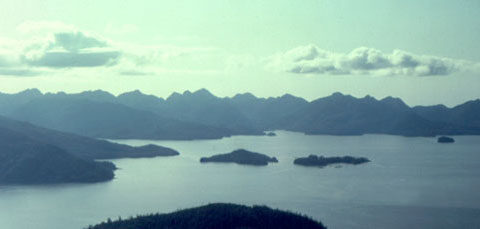
1In 1 playlists
By OB 2020-12
You can help slow global warming and ocean acidification by reducing your "carbon footprint” the amount of carbon dioxide released as you go about your daily activities. Making little changes in the way we live can go a long way to reducing energy use and carbon emissions.
